
Best Franchise to Own 2024- Talem Home Care & Placement Services!
Co-founder Jake Rankin explains that the company’s mission is to support family and community-minded entrepreneurs as they enhance the well-being of their clients.

Co-founder Jake Rankin explains that the company’s mission is to support family and community-minded entrepreneurs as they enhance the well-being of their clients.
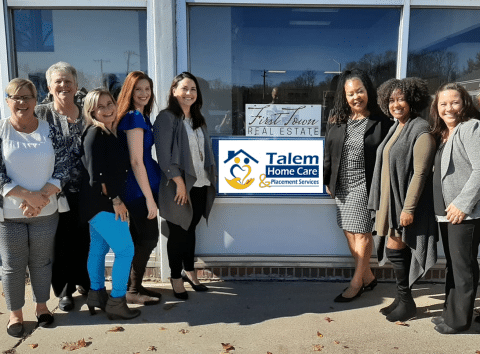
Talem Home Care and Placement Services – Hartford now accepts VA Insurance, providing vital support to Connecticut Veterans Hartford, CT – Talem Home Care and Placement

Understanding the “maze” that is our health care system is getting more confusing every day, especially when it comes to senior care. If you have ever experienced the frustration of getting answers, understanding insurances and co-pays, and finding the right resources, you are not alone. Even healthcare and senior care professional’s struggle.

As we age, it’s important to keep ourselves healthy both mentally and physically. While it may be difficult to get up and move as we get older, it’s important to stay active. By maintaining our health as we age, we can prevent diseases and chronic conditions, stay independent, and enjoy our golden years.
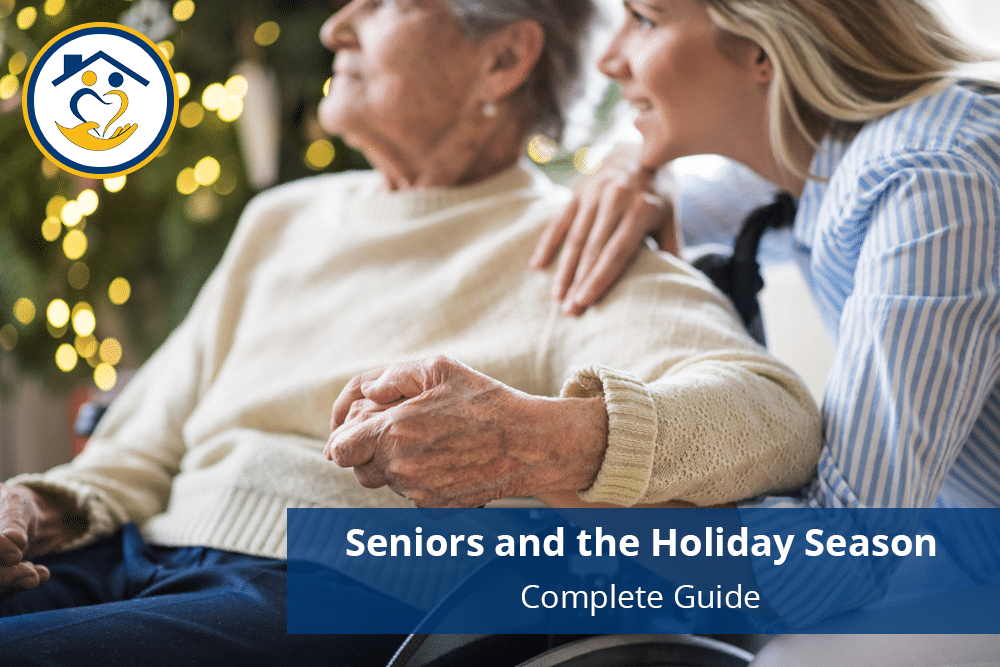
Seniors and the Holiday Season in Greater Milwaukee – Complete 2022 Guide by Mr. Jake Rankin from Talem Home Care – Milwaukee
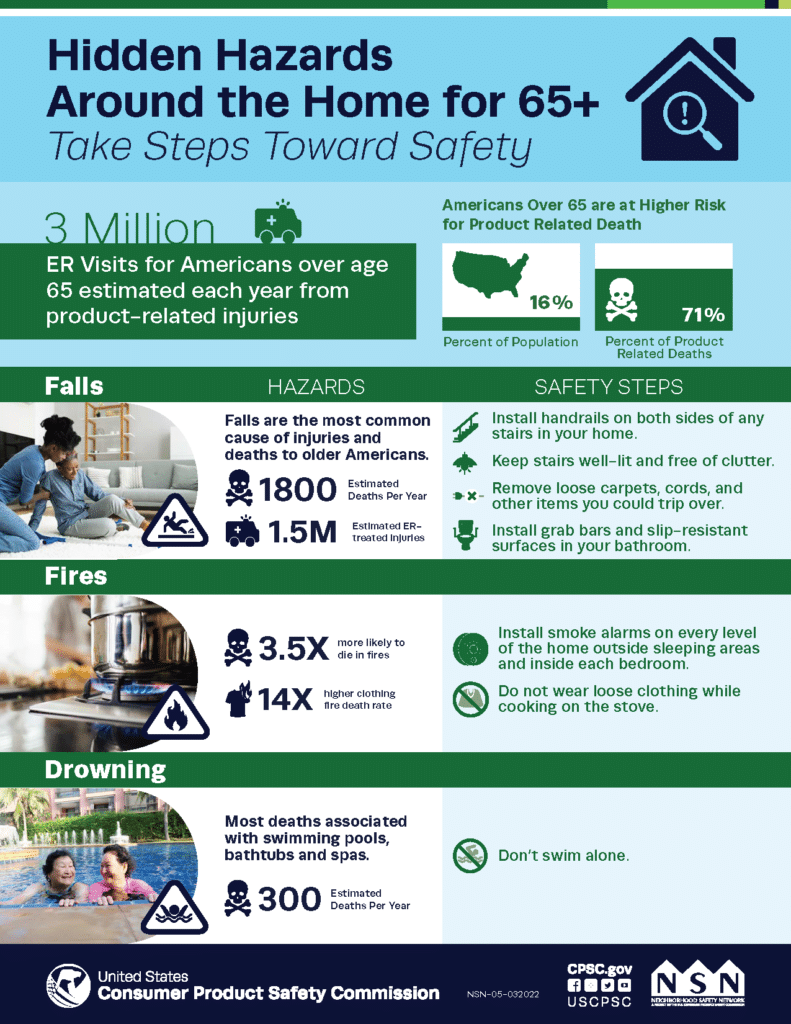
When it comes to senior safety, there are a lot of precautions that you can take. You’ve heard the old saying “prevention is better than cure.” It’s true for accidents too.
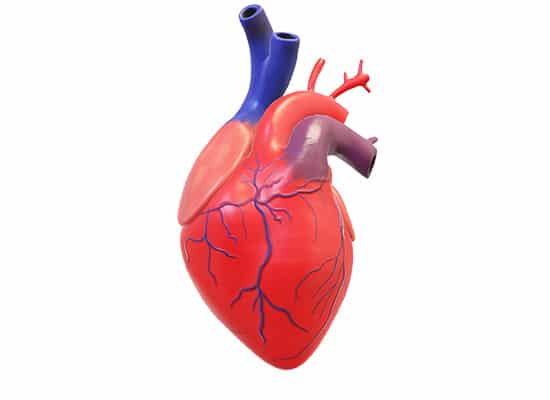
It is Stroke Awareness Month, a time to create awareness and educate ourselves about the nature and effects of this potentially deadly condition.
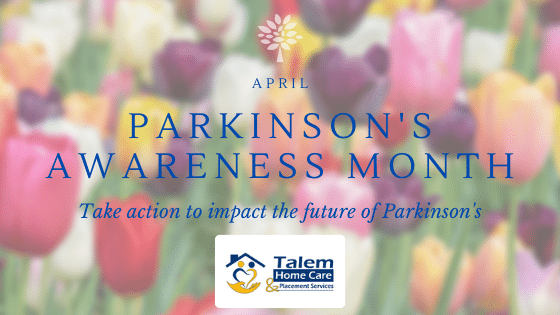
Parkinson’s Disease (PD) is not a fatal disease, however debilitating it may become, a patient can still help to manage their future as it slowly

There are many ways to ensure that your health is as good as it should be and boost your quality of life. In our industry- Home Health Care Services- maintaining our health is pretty important. That is why we have compiled a list of some of the easiest adjustments you can make to your life to be healthier and start to enjoy it more.

Talem Home Care and Placement Services was recognized as one of the top 500 franchises in Entrepreneur’s Franchise 500®, the world’s first, best and most comprehensive franchise ranking.
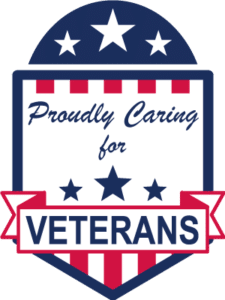
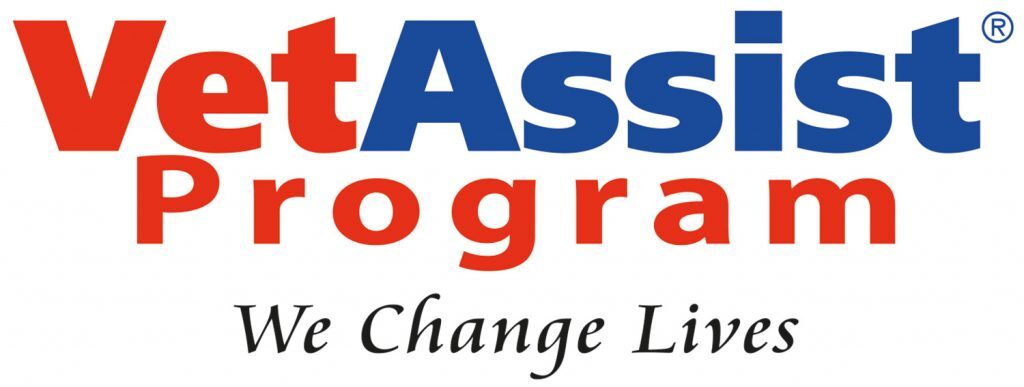



Each Talem Home Care office and the services they provide are all independently owned, managed and operated by franchisees of Talem Home Care Franchising, LLC.
